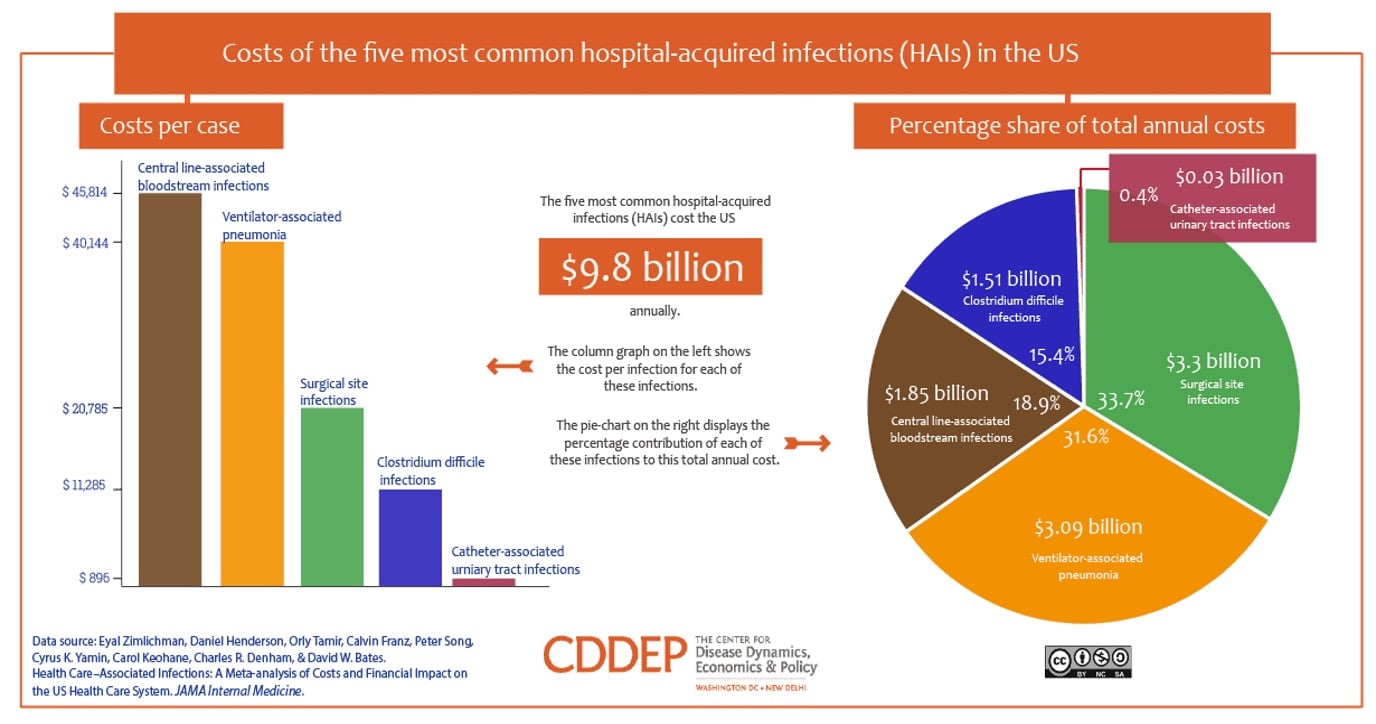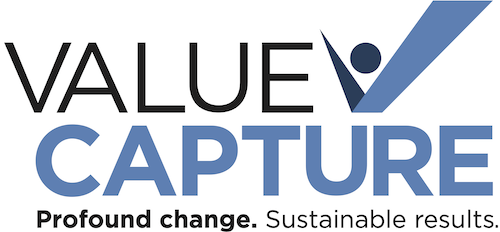What is Patient Safety?
The World Health Organization defines "patient safety" as:
"Patient Safety is a health care discipline that emerged with the evolving complexity in health care systems and the resulting rise of patient harm in health care facilities. It aims to prevent and reduce risks, errors and harm that occur to patients during provision of health care. A cornerstone of the discipline is continuous improvement based on learning from errors and adverse events."
Patient safety is a goal. It's a measure. It's an unarguable pre-condition for all work. If we can't do something safely, why do it at all?
The team at Value Capture has been passionate about — and focused on — safety for decades. This isn't a new issue or a new challenge. We've worked with leaders and teams in many organizations, helping them focus on the key behaviors, processes, systems, and cultures that lead to dramatically better patient safety performance — reducing harm and bettering lives.
The WHO definition talks about the complexity of healthcare systems. Value Capture believes that we can create high-reliability organizations by focusing on reducing unnecessary complexity. Reducing waste and improving systems means that we can reduce the risk of systemic error, if not eliminate it altogether.
Our focus on patient safety is an extension of our focus on employee safety — a discipline that has deep roots based on our experience with (and learning from) industrial companies like Alcoa and Toyota. They go hand in hand: the systems and the culture that help create ideal employee safety also lead to ideal patient safety.
How Many Patients Are Harmed or Killed?
A major challenge that we faced in solve this problem starts with defining the problem precisely. We lack accurate data about the number of patients who are harmed or killed as a result of preventable medical errors, in the United States or around the world. We especially don't know how many near misses take place each year.
We know the total is a non-zero number and anything higher than zero is too much harm. There is much work to be done.
Our partners at the Patient Safety Movement Foundation cite the recent estimate that says medical error is the third leading cause of death in the United States:
250,000 to 440,000 patients per year (U.S.)
Those numbers come from a study written by Martin Makary, M.D., M.P.H., professor of surgery at the Johns Hopkins University School of Medicine.
10 percent of all U.S. deaths are now due to medical error
At Value Capture, we recognize that patient safety is a major problem -- and that it's largely solvable. We partner with leaders and organizations that share this focus, but need help in getting there.
Some compiled statistics about the scale of the patient safety problem can be found:
- A compilation of patient safety statistics by our Mark Graban on his blog
- Statistics on the WHO site
- Data and facts from the Patient Safety Movement Foundation
- The original 1999 report To Err is Human: Building a Safer Health System from the Institute of Medicine
What's the Cost of Patient Harm?
Costs of the five most common hospital-acquired infections (HAIs) in the US are $9.8 billion. Roughly 1.7 million hospital-associated infections occur annually in acute-care hospitals, which result in tens of thousands of patient deaths and cost billions of dollars to the healthcare system.
Using estimates from a recent study published in JAMA Internal Medicine, this graphic shows the overall cost and per-case cost for each of the five major hospital-acquired infections (HAIs) in the US:

HAIs also typically lead to longer lengths of stay for patients, which is another factor that drives up costs (Data Source: OSHA.gov):
|
HAIs |
Extra Days Patients are Hospitalized |
Excess Cost per Patient |
|
CAUTI |
$1,000 |
|
|
CDI |
3.3 |
$11,000 |
|
SSI |
11.2 |
$20,800 |
|
VAP |
13.1 |
$40,000 |
|
CLABSI |
10.4 |
$45,000 |
Value Capture Clients Have:
- Achieved largest region-wide reduction in HAIs and multiple reductions of infection rates > than 90%.
- Sustained over two decades of sector-leading safety results in infection transmission prevention and staff safety.
- Clients with no team members contracting COVID from an inpatient exposure YTD.
- Implemented problem solving in real-time, creating transparency, eliminating harm at rates of 30-90% per year.
- Embedded improvement systems to touch everyone daily through effective management systems.
“There were so many benefits from leading with safety: Learning what was really going on in the organization with the people. The message to the individual that I cared. It was humbling that they thought my time was precious, it wasn’t any more important than theirs .... and the message it sent through the organization. OK, if Dan cares about safety, I better. And it begins to impact everything else. Get it right the first time and everything will follow. It just gave me a lot of credibility as a leader, for everything.” — Dan Varnum, CAO MercyOne
Patient Safety Podcasts in the "Habitual Excellence" Series
Many of our podcasts in the "Habitual Excellence" podcast series that focus on leadership, systems, and patient safety:
- Kedar Mate and Patricia McGaffigan on Workforce Safety & Patient Safety
- Steve Spear on Learning with Paul O’Neill and “Yay Science”
- Leah Binder: Covid, Patient Safety, and a New Focus on Nursing Homes
- Theresa Frei on Leading With Safety and Addressing Staff & Patient Covid Fears
- Dr. Tom Peterson on Healthcare Safety for Employees and Patients
Related Videos
We invite you to watch some videos with Value Capture team members and the late Paul O'Neill, Sr. Click on the links to view more info behind the videos, including transcripts:
- Watch Paul O’Neill Speak About Record-Breaking Patient Safety
- The Value Capture Team on Safety for Patients and Staff
What Causes Patient Safety Problems?
At Value Capture, we agree strongly with the Johns Hopkins assessment that says:
"...most of medical errors aren’t due to inherently bad doctors, and that reporting these errors shouldn’t be addressed by punishment or legal action. Rather, they say, most errors represent systemic problems, including poorly coordinated care, fragmented insurance networks, the absence or underuse of safety nets, and other protocols, in addition to unwarranted variation in physician practice patterns that lack accountability."
Zero Harm — The Only Goal That Matters for Patient Safety
Related Podcasts:
Listen to a podcast interview with Dr. David Mayer, past CEO of the Patient Safety Movement Foundation, where he discusses the importance of a "zero harm" goal and their recommendations for how to get there.
Hear Value Capture CEO Ken Segel talk about the need to set goals at the "theoretical limits," including zero harm to patients.
Related Book Excerpt:
Read an excerpt on Zero Harm from the free eBook, Lasting Impact: Leaders Share Lessons from Paul H. O'Neill, Sr.
"[Paul] O’Neill’s tireless campaign for zero harm for employees and healthcare patients embodies respect for people. His desire to harm no one and feeling personally accountable if someone was harmed have become the stuff of legend
...
Dr. John Toussaint of Catalysis similarly had his idea of safety altered by O’Neill in the early 2000s."
“I was really impressed by his focus on employee safety... Those were the days when I didn’t necessarily equate employee safety and patient safety together, so I didn’t really understand why he was so focused on employee safety. Subsequently, after a few years, I finally got it: Patient safety starts with people being safe at work, and that was a real ‘aha’ moment for me. Why didn’t I understand that to begin with? But Paul was very instrumental in beginning to connect the dots for me on safety and safety mechanisms and procedures, and how it all starts with the leadership commitment to employee safety.”
What Can We Do to Reduce and Eliminate Harm?
“With leadership, all things are possible. Without, nothing is possible.”
These words from Paul H. O'Neill, Sr. encapsulate our view at Value Capture. His experience as CEO of Alcoa, and his mentoring of healthcare leaders, illustrate this point well.
Elements of the playbook that O'Neill used include actions for executives, starting with the CEO (as this is a leader-led transformation):
- Make a commitment that nobody should get hurt at work (or in the process of receiving care)
- State that you want to be the safest organization in the world (and the best at everything that you do).
- Stop the use of the word “accident” (which makes it sound inevitable or something God wanted) and use the word “incident” instead.
- Realize that only the leader, as CEO, can create the environment and the culture that allow people to do great improvement work and take action toward that end.
- Visit sites and where the work is done and make these commitments to workers in person.
- Say that you won’t make anybody budget for safety improvement — you’ll find a way to pay for it.
- Give out your personal phone number and tell employees to CALL you if the safety commitment isn’t being met by local managers.
- When you get that first phone call, thank the employee and follow up immediately with the plant manager (or hospital CEO).
- Set goals at the “theoretical limit” (such as zero harm) but do not “bludgeon” people with that goal — use it as an inspirational and aspirational goal.
- Encourage root-cause problem solving instead of papering over problems.
- Take away excuses, such as “it’s not possible” and “it’s not in the budget.”
- Practice extreme transparency with information across the organization, including reports about injuries that start with the worker’s name (to humanize the situation and keep it from being just numbers).
- Publish employee injury data publicly on the company website. State metrics in ways that are easy to understand — use the number of infections, not the rate of infections per thousand line-days, for example.
- Establish a “real-time safety information system” where any injury is identified and recorded within 24 hours. Share this information with the entire organization.
- Learn to “ask questions like a third grader” and to keep asking “why?”
- Focus on safety is something that everybody can commit to — it’s “unarguable.” You’ll end up on the path to habitual excellence related to everything the business does.
Learn more about the Value Capture model and how we help coach and guide organizations through their transformation.
Patient Safety Case Studies
Read some Value Capture case studies and illustrate and document what our clients are able to achieve in improving patient safety:
- Patient Safety: 500% Increase in Reporting Reduces Harm Events That Reached a Patient by 66%
- Improving Patient Safety: LifeCare Hospitals of Pittsburgh — 77% Reduction in Medication Order Problems, 20% Cost Reduction
- University of Pennsylvania Health System: Zero Bloodstream Infections for Over a Year



